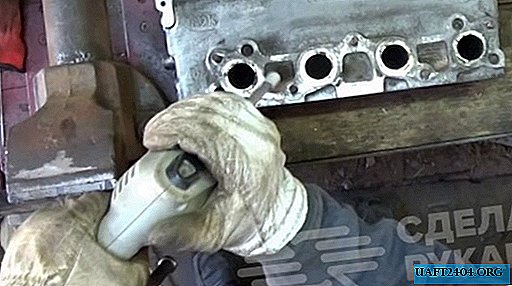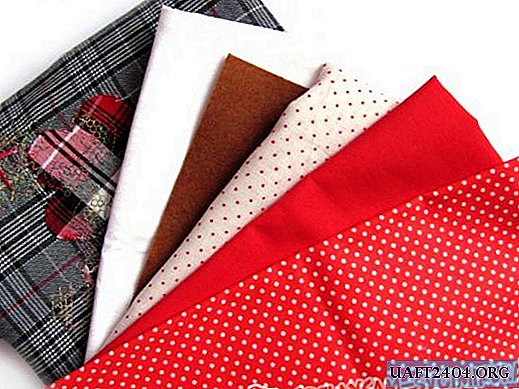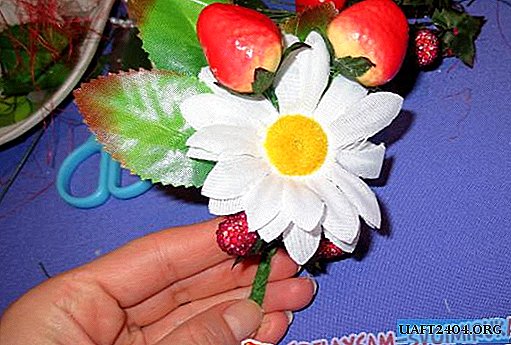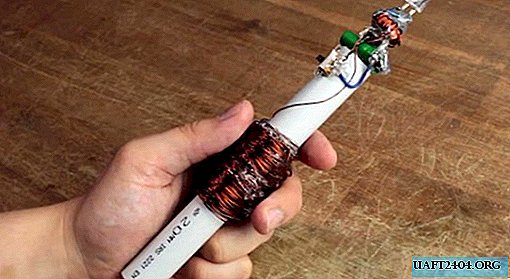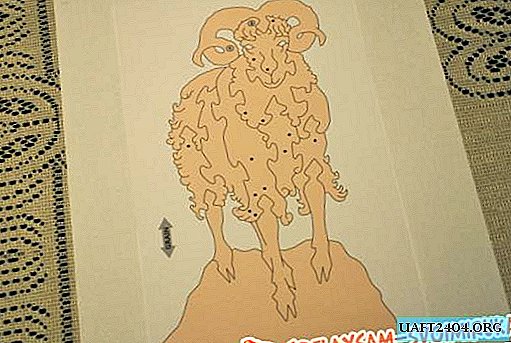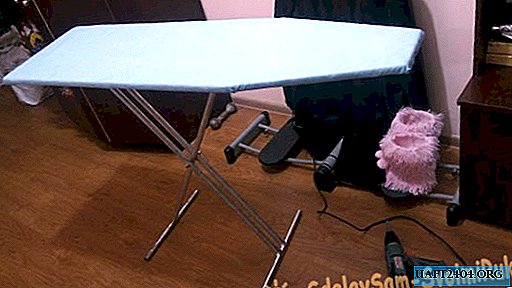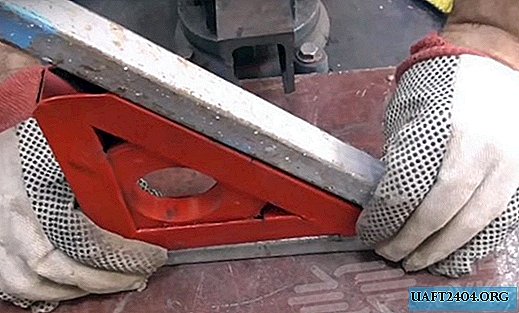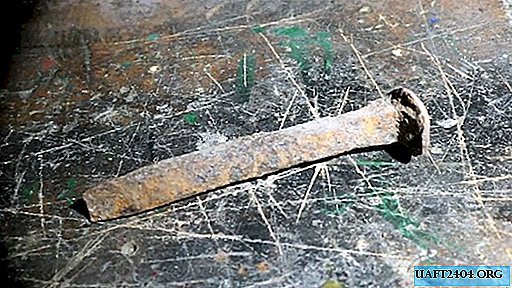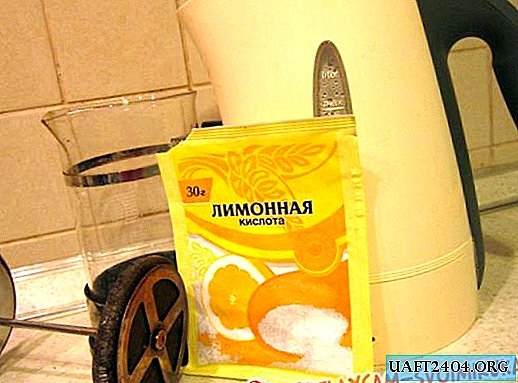Share
Pin
Tweet
Send
Share
Send
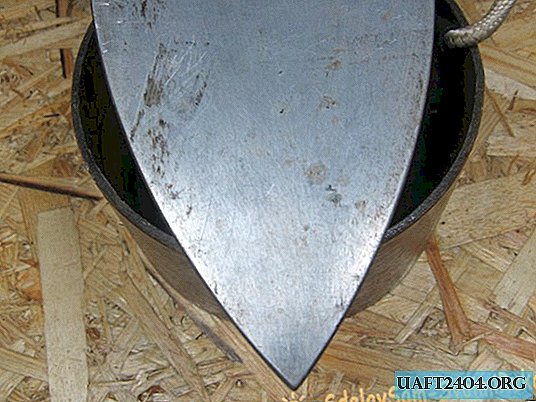
Nowadays, SMD LEDs are increasingly being used. In household bulbs, LEDs 2835, 5530, 5050 are mainly used. The printed circuit board consists of an aluminum plate on which an insulating material is applied. On the insulator there are tracks with spots on which SMD LEDs are soldered.
Do not resort to the help of a soldering iron. We don’t even use a blow dryer. Let's try to replace the LEDs with a conventional household iron. We take the iron from the wife, girlfriend, mother, and forth. The iron will not suffer.
Consider the example of repairing rulers with 2835 format LEDs

I have an old Soviet iron, I transfer toner to them in the manufacture of printed circuit boards. Two tweezers will also be needed, one can be. Then the board must be held carefully with your hand. You can also hold the board with pliers, in extreme cases, with pliers. The aluminum base is heated during the brazing process. To speed up the soldering process, you need a flux. I am using Chinese RMA-223. You can also take the usual alcohol-rosin type F3.

We fix the iron in an inverted position. I have a piece of paper cylinder. Can be clamped with clamps. The main thing is to eliminate the fall of a hot iron. I put on maximum power and set aside to heat up.

While the iron is heating up. We check the LEDs with a multimeter. We put on the limit of measurement of diodes. We put the probes on the LED. The working LED is slightly highlighted.

This is how the backlight of a working LED looks in the dark.

We coat with flux and put the ruler on a heated iron. The area with the LED is lightly pressed for best heating. With tweezers, gently move our fireman and remove from the board. My heating time was about 10-15 seconds.

The place where the burned LED stood, is cleaned and coated with flux.

I used a donor board with similar LEDs. We solder it in a similar way (flux, iron, and so on).

We put the worker in place of the burnt LED, according to the polarity. It's hard to mix up. One patch is bigger than another. We install on the iron and warm it up by pressing the LED with tweezers. After sealing, set aside to cool.

After cooling the tape, we remove the traces of flux. I use isopropanol (isopropyl alcohol), you can use ordinary alcohol.

We check. We connect power to the segment. My line has 44 LEDs. 11 LEDs are sealed in series, there are four segments. Each segment is connected to the others in parallel. I powered with a low voltage of 33.5 volts. Everything works great.

This is how easy it is to solder the LEDs. Not having a blow dryer, but having a regular household iron.
Share
Pin
Tweet
Send
Share
Send

